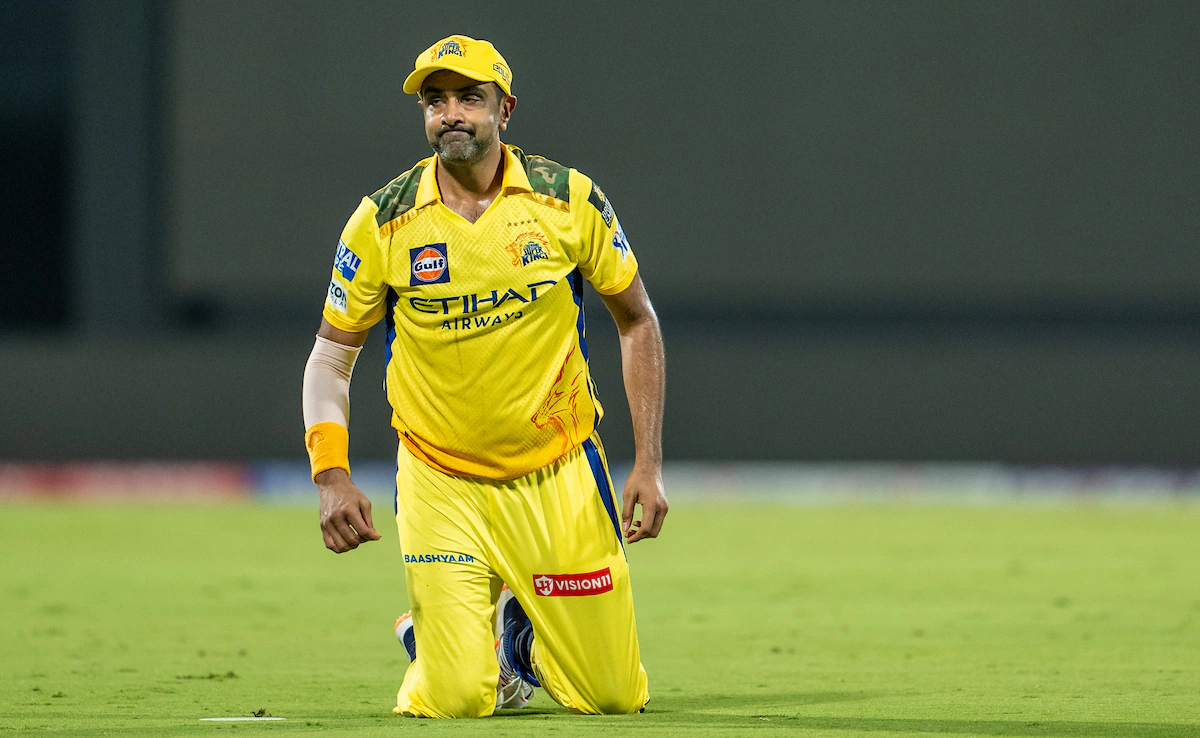Indian cricket legend Ravichandran Ashwin has been at the center of speculation ever since he announced his retirement from the Indian Premier League (IPL) earlier this year. Fans and analysts alike expected the 38-year-old to transition quickly into overseas franchise leagues, especially the SA20 2026 auction, which recently unveiled its player list. To the surprise of many, Ashwin’s name was absent, sparking widespread curiosity about the reasons behind it.
While initial discussions revolved around the BCCI’s controversial “cooling-off” requirement, a deeper look reveals a different story. Here’s why Ashwin chose not to enter the SA20 player auction and what lies ahead in his career.
The Speculation Around BCCI’s “Cooling-Off” Rule
When Ashwin’s absence from the SA20 auction list came to light, the first theory many experts pointed to was the BCCI’s one-year cooling-off period.
Introduced in 2023, the rule required retired Indian players to wait 12 months before being eligible to play in overseas franchise leagues.
Former cricketer Ambati Rayudu became the face of this controversy when he had to pull out of Major League Cricket (MLC) shortly after retiring from the IPL.
At the time, the policy received heavy criticism from players who argued that retirement decisions should grant immediate freedom to participate in global tournaments.
Reports suggest that after facing backlash, the BCCI eventually withdrew the cooling-off requirement, opening doors for retired players to pursue opportunities abroad. This means Ashwin’s absence from the SA20 wasn’t due to restrictions from the Indian board.
The Real Reason: Clash With ILT20
According to a report by Wisden, the real reason behind Ashwin’s absence lies in tournament scheduling.
The SA20 2026 season begins in December and runs for a month.
On the other hand, the International League T20 (ILT20) kicks off on January 11, 2026.
Since the two leagues overlap by at least two weeks, players cannot realistically commit to both.
Ashwin reportedly opted to put his name into the ILT20 auction pool instead of SA20. His decision highlights the growing popularity of ILT20, which has attracted several big names due to its lucrative contracts and strong Gulf backing.
This scheduling conflict is becoming a recurring challenge for players who aim to balance multiple league commitments each year. For Ashwin, it appears the ILT20 presented a more suitable option in terms of visibility, competition, and commercial benefits.
Ashwin’s Retirement Journey and Future Plans
Retirement From International Cricket
Ashwin stunned fans last year when he announced his retirement from Test cricket during the Border-Gavaskar Trophy in Australia. The announcement came after the drawn third Test in Brisbane, marking the end of an illustrious international journey.
With more than 450 Test wickets, Ashwin left as one of India’s greatest spin bowlers of all time, celebrated for his variations, tactical brilliance, and contributions with the bat.
IPL Retirement With Chennai Super Kings
Post-international retirement, Ashwin returned for one final IPL season with the Chennai Super Kings (CSK). Unfortunately, it wasn’t the fairytale ending many had hoped for. CSK endured their worst-ever campaign, finishing last, while Ashwin managed seven wickets from nine games.
His final bow at Chepauk Stadium was bittersweet, drawing emotional tributes from fans and teammates.
What’s Next for Ashwin?
Ashwin himself has hinted at his future roadmap:
He plans to feature in two to three overseas leagues per year.
Beyond playing, he has expressed interest in coaching roles, potentially mentoring younger spinners or taking up a strategic role in franchise cricket.
This combination of playing and coaching could extend his cricketing presence globally for years to come.
Impact of Scheduling Conflicts in Franchise Cricket
Ashwin’s absence from the SA20 auction underscores a broader issue: the scheduling clashes among franchise leagues.
With the rapid expansion of T20 tournaments—ranging from the Big Bash League (BBL) to the ILT20, SA20, and MLC—players now face tough choices.
Overlapping windows not only force stars to pick one league but also limit the competitiveness of auctions.
Boards like Cricket South Africa and the Emirates Cricket Board will need to coordinate better in future to avoid losing out on marquee names.
For fans, this means the disappointment of not seeing legends like Ashwin in certain tournaments, even though they are free and available to play elsewhere.
Why ILT20 Over SA20?
Ashwin’s choice of ILT20 over SA20 can be attributed to several factors:
Financial Incentives – Backed by Gulf investors, ILT20 is known for offering competitive contracts to top-tier international and recently retired stars.
Exposure and Reach – The league enjoys strong television coverage across India and the Middle East, two regions where Ashwin has a loyal following.
Flexibility for Coaching Roles – ILT20 franchises have shown openness to involving players in dual roles as mentors or consultants, aligning with Ashwin’s post-playing ambitions.
Shorter Travel Commitments – With all matches concentrated in the UAE, ILT20 offers easier logistics compared to the SA20, which spans multiple South African cities.
What It Means for Indian Cricket
Ashwin’s overseas league choices also shed light on the BCCI’s evolving relationship with retired players.
The removal of the cooling-off rule marks a progressive shift, acknowledging that retired cricketers should have autonomy over their careers.
It allows legends like Ashwin to extend their professional journey and contribute to the global cricket economy.
Younger Indian cricketers watching Ashwin’s post-IPL path may also find new aspirations to balance playing and coaching internationally after their domestic careers.
Fan Reactions to Ashwin’s Auction Snub
On social media, fans expressed mixed feelings when Ashwin’s name was missing from the SA20 auction list:
Some speculated it was due to lingering BCCI restrictions.
Others were relieved when reports confirmed his likely participation in ILT20 instead.
A large section of fans expressed excitement at the thought of Ashwin taking up a coaching role, seeing him as a natural cricketing mind for the future.
This reaction underscores Ashwin’s popularity not just as a bowler but as a cricketing intellectual respected for his tactical insights.
Conclusion
Ravichandran Ashwin’s absence from the SA20 2026 auction list is not the result of BCCI restrictions but a conscious decision influenced by scheduling overlaps and his preference for ILT20.
While initial speculation focused on the cooling-off rule, it is clear that Ashwin is carving his own path post-IPL retirement. With plans to play multiple overseas leagues and possibly step into coaching, the legendary off-spinner is set to remain a prominent figure in world cricket.
For Indian cricket fans, Ashwin’s journey beyond the IPL serves as both a nostalgic farewell to his playing career in India and an exciting preview of his second innings on the global stage.

